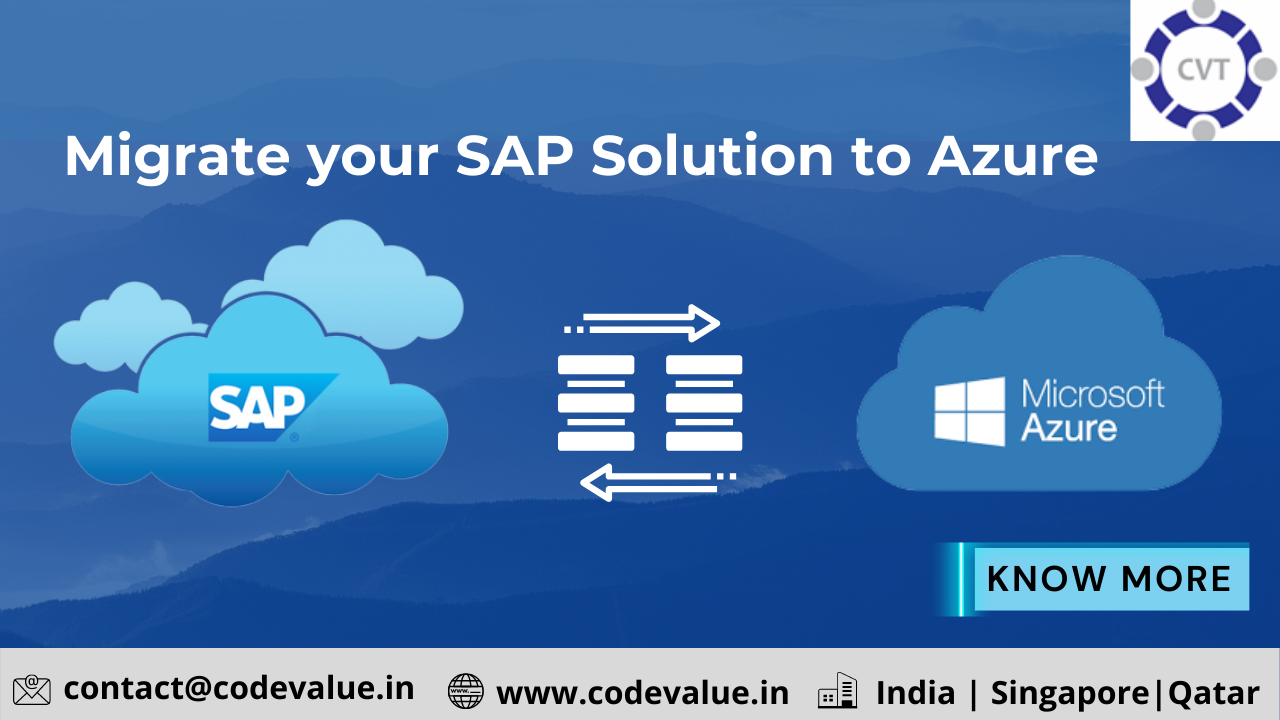Azure Migrate features tools that can migrate most platforms and workloads, but SAP workloads require different tools and processes to replicate and deploy their assets. SAP is a powerful platform with specific, complex, and strict technical, security, and compliance requirements; this platform is unlikely to move in a standard migration factory. Once the core platform is deployed, standard processes and tools will help dependant workloads to resume and finish migrating.
SAP process flow
There are a few steps to consider when migrating SAP workloads, some of which deviate from standard migration tasks:
Note
Before you start to migrate your SAP platform, validate that you have established a compatible Azure landing zone for the SAP platform and:
- Assess the SAP platform and dependant workloads.
- Evaluate sizing considerations for the SAP platform.
- Migrate the platform.
- Migrate the workload.
Assess the SAP platform and dependant workloads
Organizations typically don’t consider the following questions when assessing an SAP platform and dependant workloads:
- What operating systems and versions are your SAP virtual machines running?
- Do current platform assets run operating systems that are supported in Azure? Unsupported operating systems will need to be remediated during or before migration.
- What database management system (DBMS) is your SAP platform running?
- Is the current DBMS supported in Azure? Unsupported databases will need to be remediated during or before migration.
- Will you be upgrading all or part of the SAP solution before or during migration?
- How will platform assets be configured and sized in Azure?
- What workloads depend on the SAP platform?
- What assets and databases are required to support those workloads?
Evaluate sizing considerations for the SAP platform
Several sizing considerations should be made prior to deploying an SAP platform. Organizations typically start by evaluating sizing requirements for current assets and databases, and they should also consider long-term platform operations and feature requirements. The following should be considered at a minimum:
- Virtual machine (VM) sizing
- VM storage
- Uptime factors
- Licensing factors
- High-availability/redundancy factors
- Database high-availability factors
Explore the SAP on Azure Architecture guide to see examples of reference architectures and sizing considerations.
Migrate the platform
The DBMS needs to be changed, or the internal format of the same DBMS system needs to change to the little-endian format supported in the Intel world; for example, migrating from the IBM pSeries to Azure. The SAP workload’s data points help to choose the appropriate migration approach: classical or an SAP Database Migration Option (DMO).
Classical migration: The SAP Software Provisioning Manager is used specifically as a software logistics tool for database migrations. Classical migration uses a heterogenous system copy approach and is sometimes called a two-step migration. This approach is commonly used when the following observations surface in the migration plan:
- The operating systems (OS) and DBMS are compatible with Azure.
- There aren’t other requirements to upgrade or replatform the OS or DBMS systems.
DMO: DMO uses one tool to upgrade an SAP workload and a database migration to the SAP HANA database, and this process is often called a one-step migration. The SAP Software Update Manager tool creates a shadow repository for current database while also creating a target database at the same time. It eventually copies the shadow repository and switches the SAP database connection to the target database. This approach is commonly used when the follow data points are observed in the migration plan:
- The current OS isn’t supported in Azure, requiring an upgrade/replatform.
- There is a plan to upgrade to SAP S/4HANA during migration.
Explore migrating an SAP platform to Azure Microsoft Learn module to learn more about each process for migrating the SAP platform.
Migrate the workload
After migrating the core platform, you can use standardized migration factory processes to migrate each dependent workload. See the introduction to an SAP adoption scenario for individual workload group architectures and their unique scenarios.

